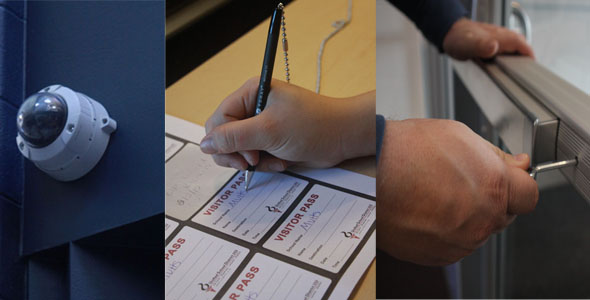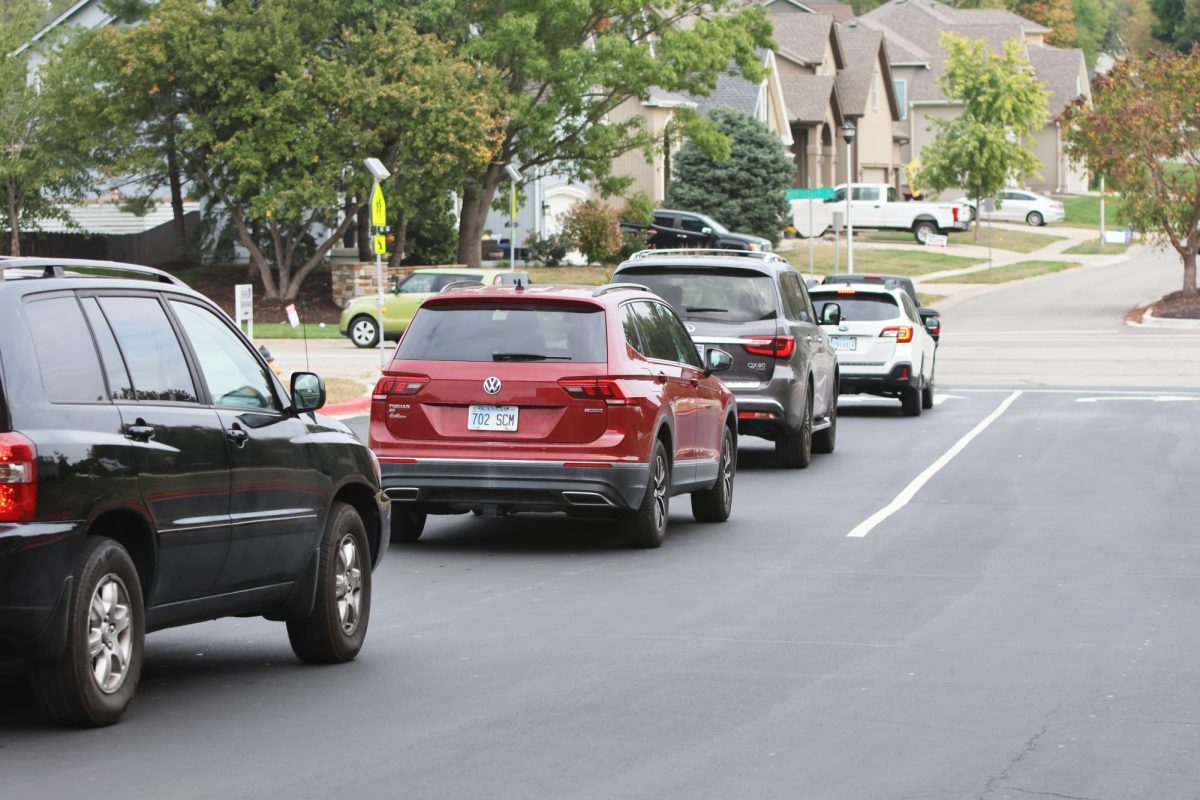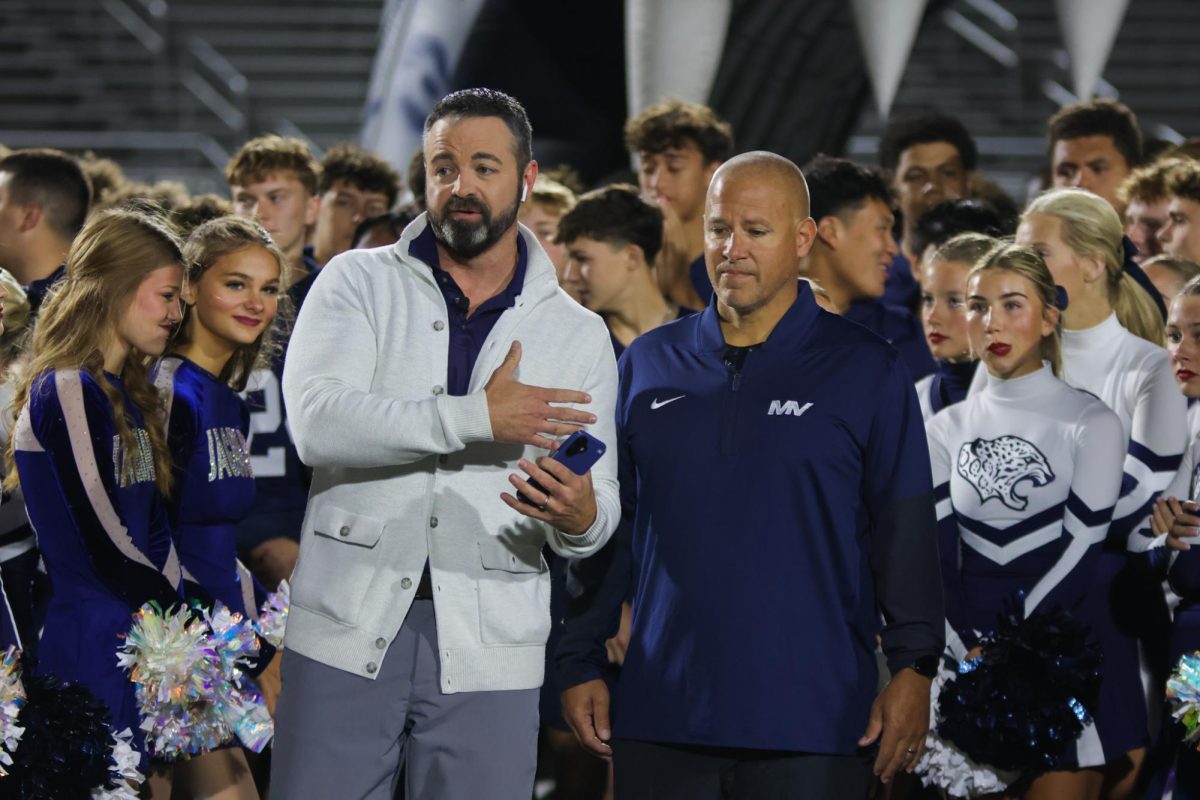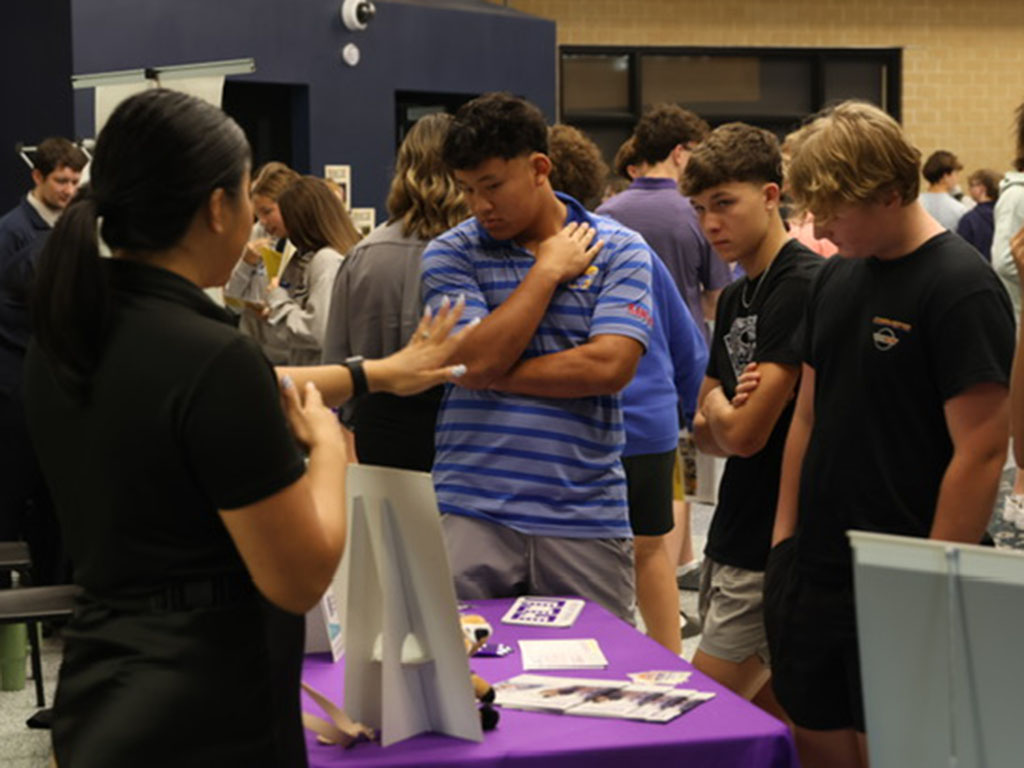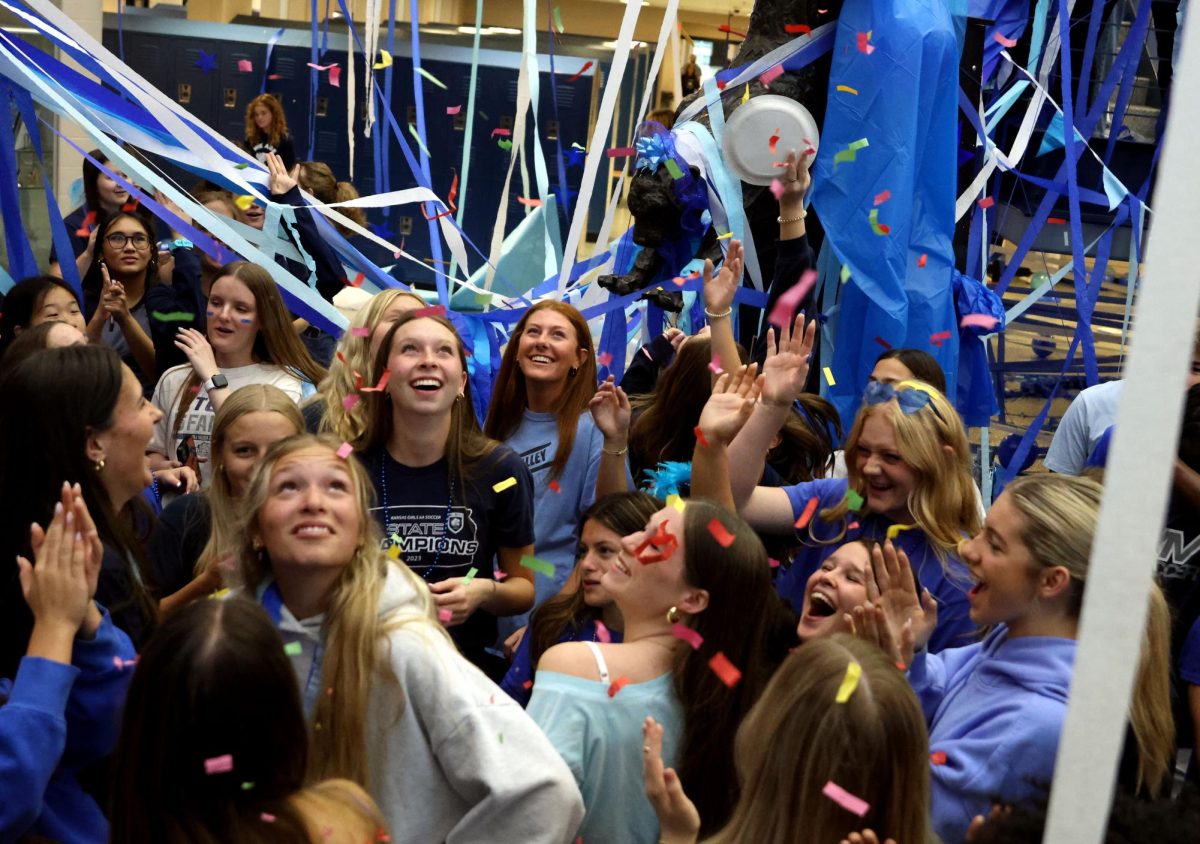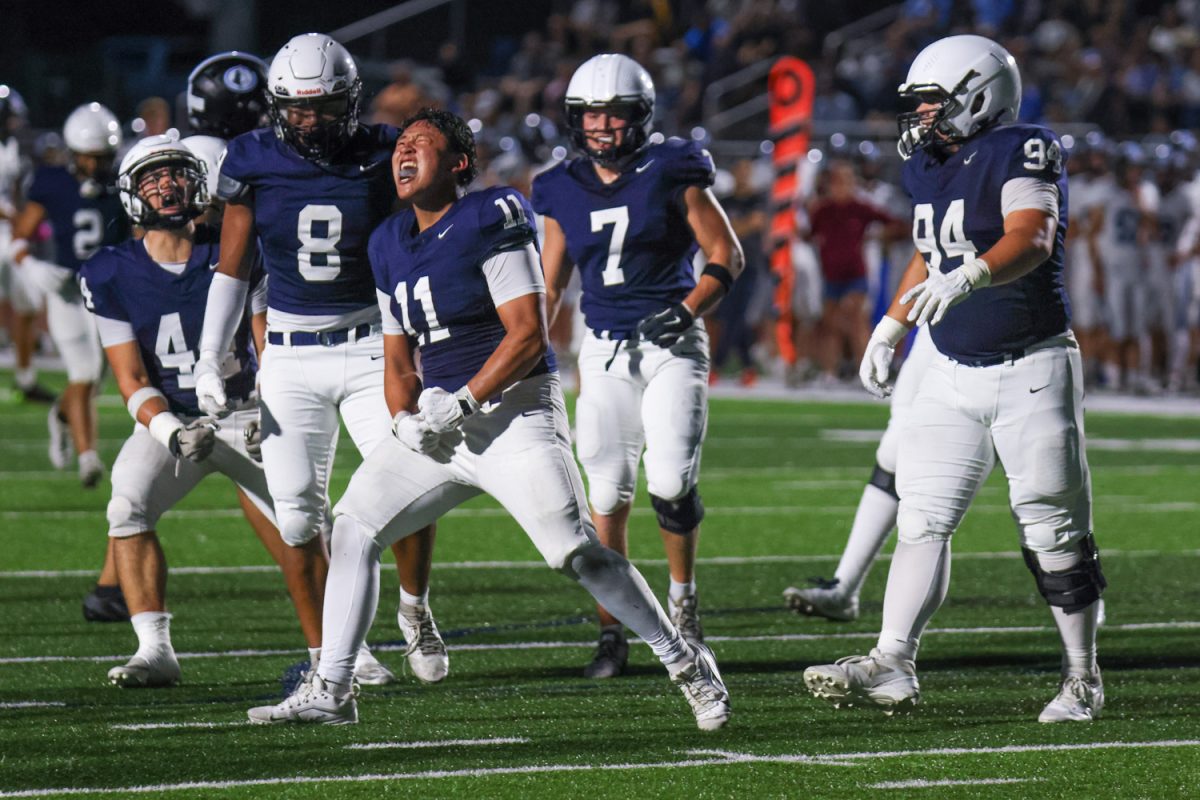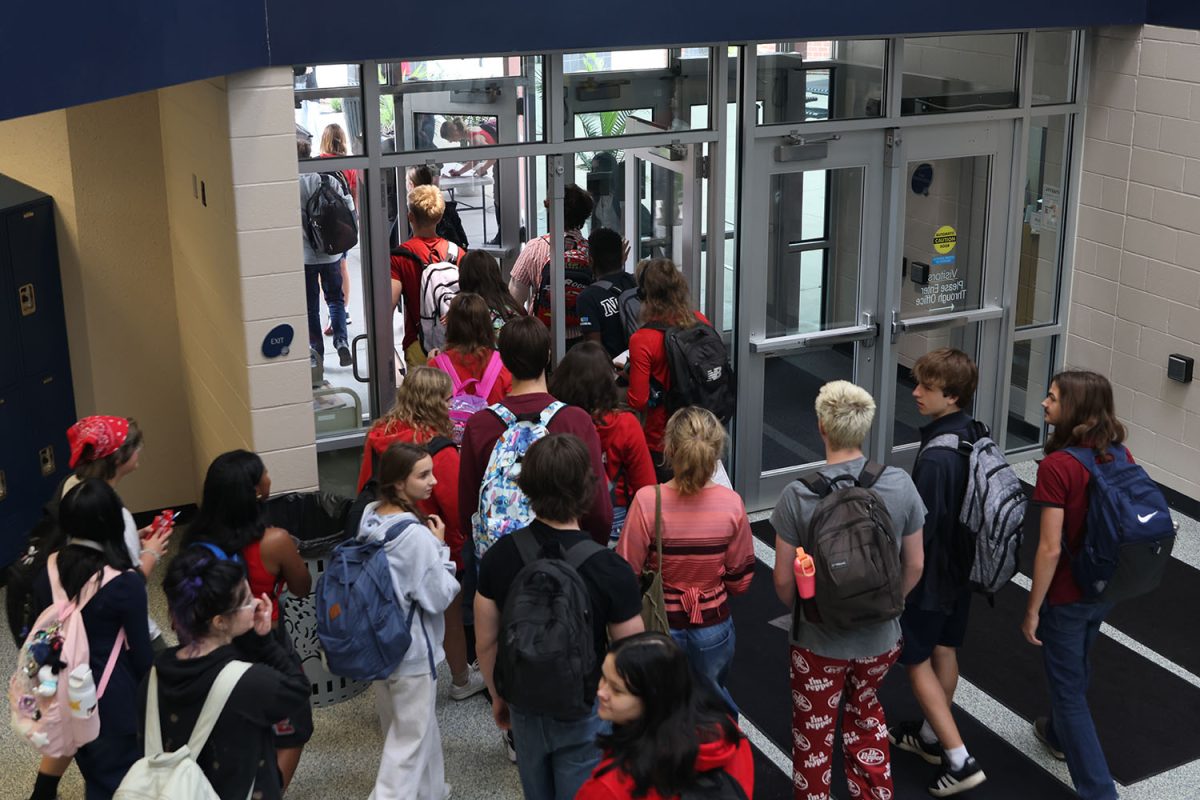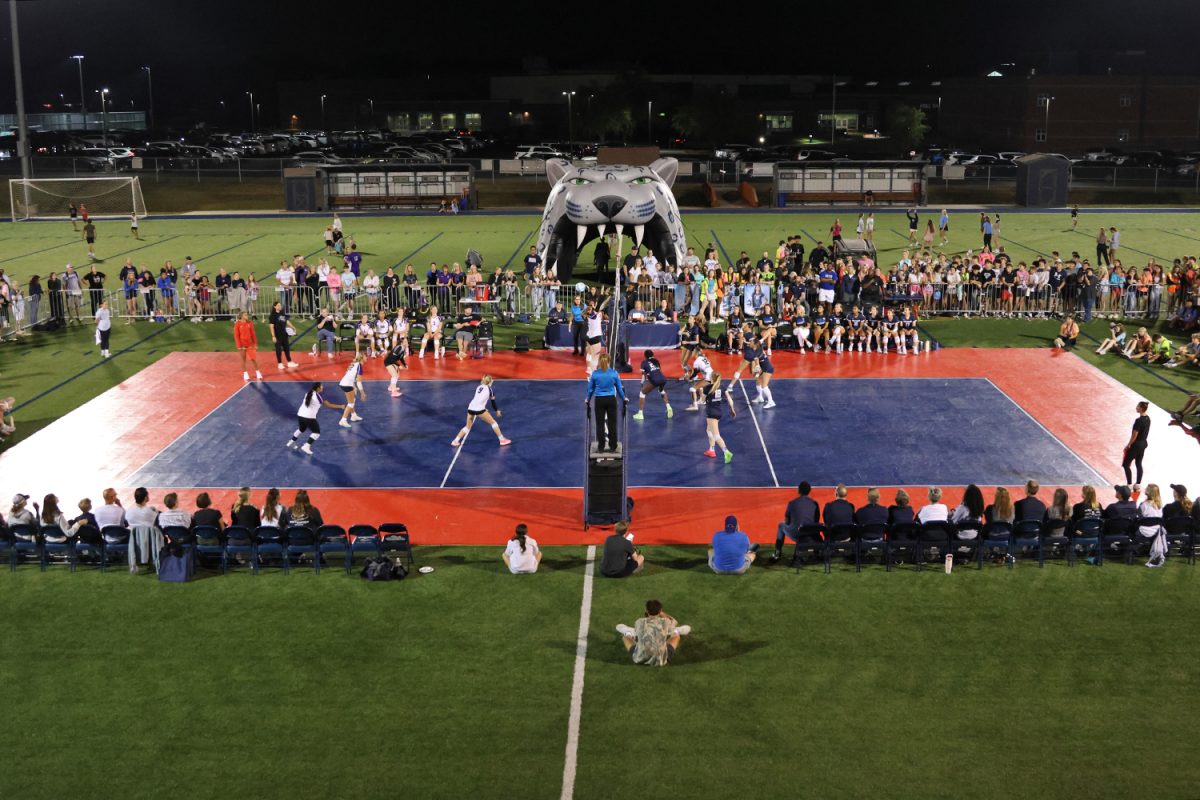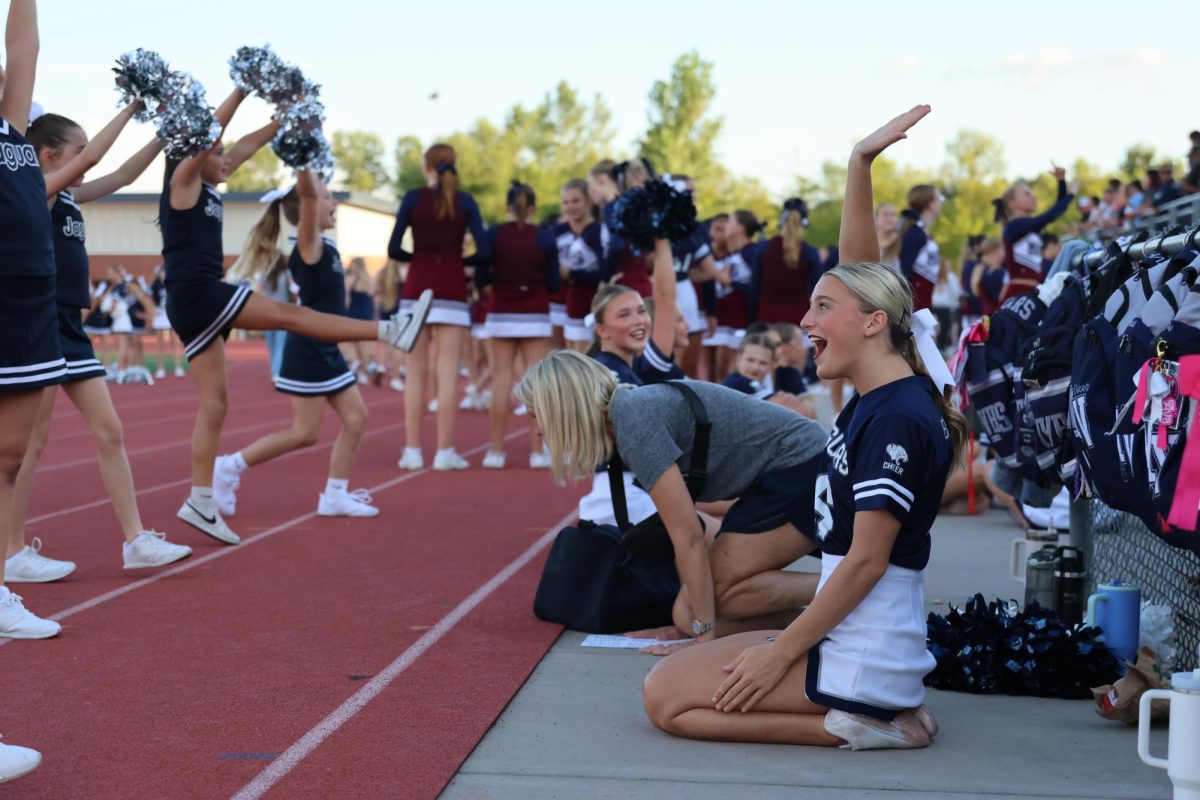With the recent tragedy at Sandy Hook Elementary still generating a lot of debate, school districts across the country have been forced to shift their attention to the issue of school safety, and De Soto is no exception. While the district and school are taking steps to address security concerns, many students and teachers feel like more work needs to be done.
According to director of administrative services and community relations Alvie Cater, the district is taking many steps to increase the safety of the schools, including a focus on improving intruder drills.
“We are increasing the frequency of intruder drills because training is important,” Cater said. “But each incident is different and you have to be prepared for a variety of things. What we’re trying to do is come up with the best practice. Then we have to know that our staff knows what to do and our students know what to do. It’s an ongoing process.”
Chairman of the Building Leadership Team Brian Rodkey also believes that practicing intruder drills more routinely would make students and teachers more confident with the procedure. The first intruder drill of this year occurred on Thursday, Feb. 7. While the school does practice an intruder drill once every year, last year’s drill practiced only the lockdown portion of the procedure. Students and teachers were only told to lock their doors as the drug dogs entered the building and were not required to practice hiding or other procedures for dealing with an intruder in the building.
Rodkey said intruder drills need to be increased and improved.
“We practice fire drills time and time again,” Rodkey said. “As soon as the fire alarm goes off you assume it’s a drill, not a fire. Then students don’t panic. It’s the same with an intruder drill. If there’s an intruder and you know what you are supposed to do, your level of anxiety goes down.”
Freshman Shelby Badger is one of the 339 students in her grade who have never gone through an intruder drill at the school, something she sees as a large potential problem.
“I have no idea what the school wants me to do if there’s an intruder,” Badger said. “[A large group] of students don’t know what to do. It’s a little bit unsettling.”
Junior Jordan Fisher agrees with Badger.
“We used to practice [intruder drills] all the time in elementary school, but now we don’t really practice them at all,” Fisher said. “I think [the administration] should tell us more of what to do.”
Rodkey also believes that intruder drills should be updated and encompass more situations to better prepare students, such as explaining what to do if a student were in the hallway, bathroom, lunchroom or library.
“I think the current plan is great in the first steps,” Rodkey said. “[But] the last thing I want to be doing is lying on the floor when someone comes in to kill me. I think that last part of the plan is outdated … We should [also] be able to come up with a reasonable plan of what to do in an ‘everyday life’ scenario … You would like to go your whole career never having an intruder in the building. But it’s hard to later think that it could have been stopped if we had prepared and communicated better.”
Whether there’s a plan in place or not, it hasn’t been communicated to a level where every person in the building knows how to respond.”
After hearing these concerns, Principal Tobie Waldeck ensured that certain changes will be made to the intruder drill procedure.
“What is going to be done to take certain [concerns] into account is we will increase the frequency of intruder drills and the first one next year is going to be done in August,” Waldeck said. “Also, I think having an intruder drill during lunch is a good idea … We realize the importance of this. The district is committed to school safety, as are we.”
Also part of the process for analyzing security, members of the Building Crisis Team have met to examine the safety procedures. The school’s team has met twice since Sandy Hook, and consists of teachers and administrators, including school psychologist Debbie Gudenkauf.
“There’s no way you can ever be prepared for every single scenario,” Gudenkauf said. “You have to make sure the bones of the plan are solid but fluid enough to adjust to different situations.”
Waldeck has been involved in both meetings and believes the school is working toward its goals.
“Our goals are to provide as much normalcy in the building as possible and to keep kids safe,” Waldeck said. “Returning to normalcy promotes calmness and consistency, and it prevents panic. We don’t want a knee-jerk reaction. We want to think through methodically how we are going to handle various situations.”
If an intruder were to enter the school, they would first have to go through the office. In order to prepare if this situation ever occurred, Homeland Security made sure the receptionists knew their duties.
“[Having an intruder] come through the office is a lot better than them just going into the school,” receptionist Lynn Bath said. “We each have specific jobs that we are supposed to do in case of an emergency. Homeland Security came in and they were very intense. They just drilled us. It was almost as if they wanted us to be anxious, as we would be in an emergency.”
School nurse Heather Van Dyke, a member of the team, believes that the team has been accomplishing its objectives.
“I think it’s been great,” Van Dyke said. “Mr. Waldeck has been right on it. They had all of the information there and meetings have been largely to review … It just comes to the forefront unfortunately [after an incident like Sandy Hook].”
While many teachers and students are pleased that the team members are meeting to discuss further safety options, some have concerns they believe should be addressed, including classroom doors that can only be locked from the hallway as opposed to from the inside of the classroom. Math teacher Kristen Chavez is one of many teachers who have these locks.
“If we were to have an intruder, I’d have to open the door to lock it,” Chavez said. “I [feel] that doing so would put the students at risk.”
Waldeck believes that the team will look into the locks.
“I think they are working with police, the fire department, etc. to see exactly what can be done,” Waldeck said. “That is not an inconvenience that is strictly in this building, and it is a concern that has been communicated.”
Until the problem can be fixed, Chavez has decided to keep her door locked at all times.
“[Because I lock my door, it is] kind of a pain to get up every time, but it really isn’t that big of a deal,” Chavez said. “I feel like I can do my part to keep my students and myself safe by becoming more aware of strangers.”
There are also issues some teachers and students have regarding the crisis manuals that are supposed to be available to teachers in every room. The manuals were removed during first semester to be updated, but they have not yet been returned. The manuals were being updated with easy-to-understand language, but they are currently not finished.
“For me as a seasoned teacher, I pretty much know protocol for crisis situations,” English teacher Dorothy Swafford said. “But as a new teacher I can see how that can be stressful to not understand protocol or know what steps to take.”
While Cater sees the need for manuals to be distributed back to teachers, he believes they should be used before a crisis, not in the event of one.
“The [crisis manual] is designed to help prepare staff in advance,” Cater said. “In the event of a crisis, clear communication is going to be the best thing … [The changes are] definitely in response to what happened in Newtown. The tragedy in Newtown is a shift in the paradigm. It’s going to be part of the national conversation and this is just an extension of that.”
Senior Alyx Stephenson is also concerned about the lack of communication between teachers and administration.
“In general I feel pretty safe at our school,” Stephenson said. “But I think we could do better at educating everyone on the plan of action in case of an emergency. Teachers are supposed to be the ones protecting the kids and if the teachers don’t know what to do, they’re putting students’ lives at risk.”
Librarian Andy Shelly has had to deal with a school crisis before first-hand. The middle school Shelly taught at as a math teacher in the early 1990s in Kansas City, Kan. experienced a school shooting. A student walked into the lunchroom and fired shots, injuring two students.
“If you think about the number of schools in the country and how many incidents have happened at those schools in the last 50 years, I don’t think anybody imagines that could happen at their school,” Shelly said. “But you have to try to prepare yourself for the worst possible scenario. I didn’t think it could happen where I was at and I don’t think it could happen here. But you have to prepare for the worst.”
Waldeck realizes that the current problems with communication need to be solved and is willing to work toward finding solutions.
“As a principal, the last thing I want is for the staff and students to be confused or not feel safe,” Waldeck said. “Absolutely there are things we could improve. [Sandy Hook] has opened a lot of eyes. We do take it seriously and we are willing to make corrections … We will conduct drills, get SRO input, gather information from the Building Leadership Team, make adjustments and repeat. I love my staff and I love my students and I want to take care of them.”


